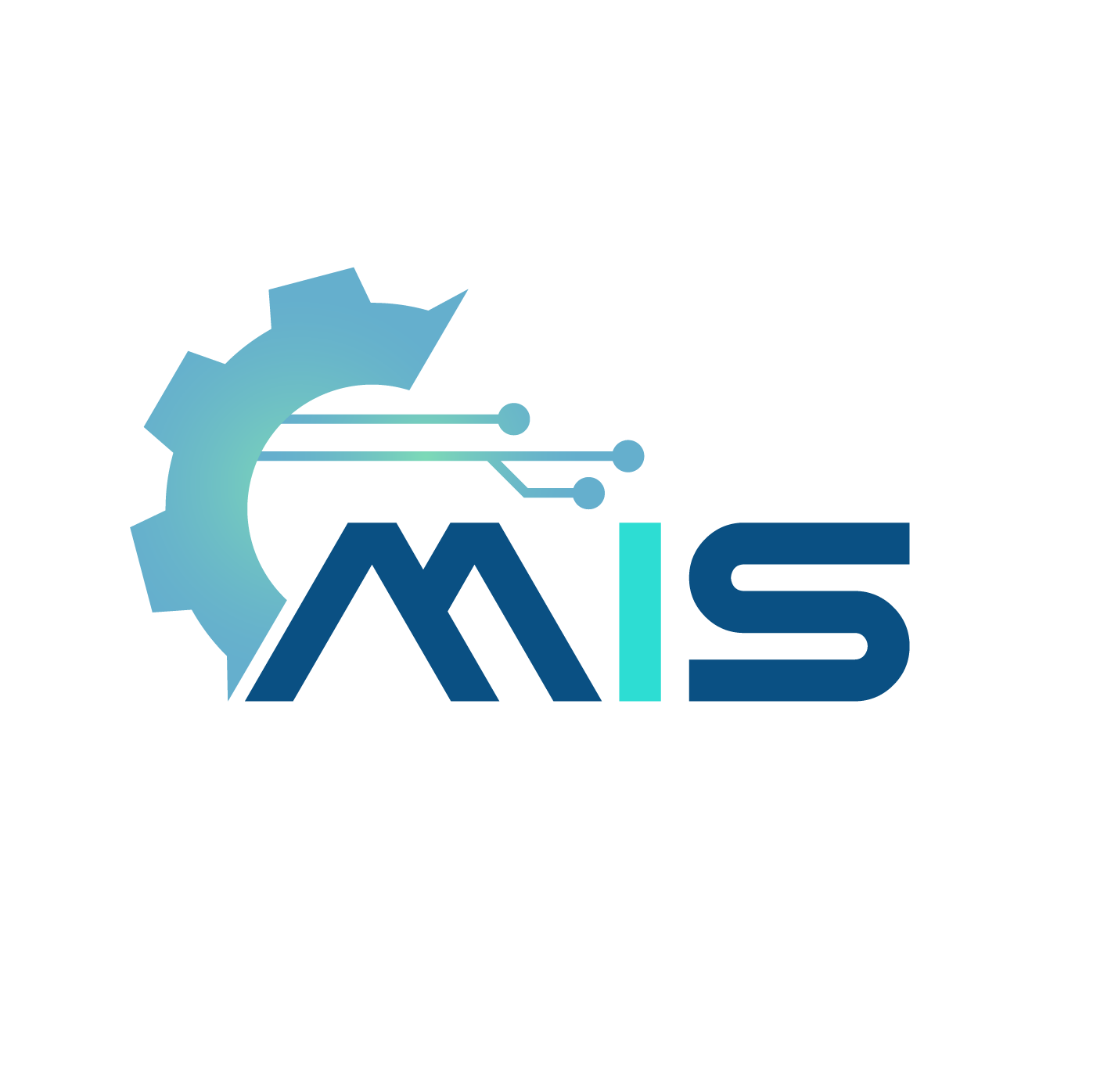The components of the Controlling(CO) Module –
- Cost Element Accounting
- Cost Center Accounting
- Internal Orders
- Activity-Based Costing (ABC)
- Product Cost Controlling
- Profitability Analysis
- Profit Center Accounting
Cost Element Accounting –
This component provides the costs and revenue information for an organization. These postings are updated automatically from Financial Accounting (FI) to Controlling (CO).
The cost elements are the basis for cost accounting which enable the User ability to display costs for each of the accounts that have been assigned to the cost element.
Examples of accounts: Cost Centers, Internal Orders and work breakdown structures (WBS)
Cost Center Accounting –
It provides information on the costs incurred by the business. Cost Centers can be assigned to departments and/or Managers responsible for certain areas of the business and/or functional areas within the organization.
Examples of functional areas: – Marketing, Purchasing, Human Resources, Finance, Facilities, Information Systems, Administrative Support, Legal, Shipping/Receiving, or even Quality.
Benefits of Cost Center Accounting –
- Managers can set Budget/Cost Center targets.
- Cost Center visibility of functional departments/business area.
- Planning.
- Availability of Cost allocation methods.
- Assessments/Distribution of costs to other cost objects.
Internal Orders –
It provides earnings of tracking costs from specific job, service, or task. Internal Orders are used as a method to collect the costs from the business transactions related to the task.
The level of monitoring can be very detailed. This allows management to review Internal Order activity for better-decision making purposes.
Activity-Based Costing –
Activity-Based Costing enhances Cost Center Accounting and it allows for a process-oriented and cross-functional view of cost centers. It can be used with Product Costing and Profitability Analysis.
Product Cost Controlling –
This allows management the ability to analyse their product costs which are used to make decisions on the optimal price(s) to market their products. It is within module of Controlling (CO) that actually planned, and target values are analysed.
Sub-components of the module are:
- Product Cost Planning which includes Material Costing, Price Updates, Reference and Simulation Costing.
- Cost Object Controlling includes Product Cost by Period, Product Cost by Order, Product Costs by Sales Orders, Intangible Goods and Services and CRM Service Processes.
- Actual Costing/Material Ledger includes Periodic Material valuation, Actual Costing and Price Changes.
Profitability Analysis –
This allows Management to review information with respect to the company’s profit or contribution margin by business segment. Profitability Analysis can be attained by the following methods:
- Account-Based Analysis uses an account-based valuation approach on cost and revenue element accounts. These accounts can be prepared to accept with Financial Accounting (FI).
- Cost-Based Analysis uses a costing based valuation approach as defined by the User.
Profit Center Accounting –
It provides visibility of an organization’s profit and losses by profit center. The methods utilized for Profit Center Accounting are period accounting or by the cost-of-sales approach.
Profit Centers can be setup to identify product lines, divisions, geographical regions, offices, production sites, etc. Profit Centers are used for Internal Control purposes enables management to review areas of responsibility within their organization.
The difference between a Cost Center and a Profit Center is the Cost Center represents individual costs incurred during a given period and Profit Centers contain the balances of costs and revenues.
